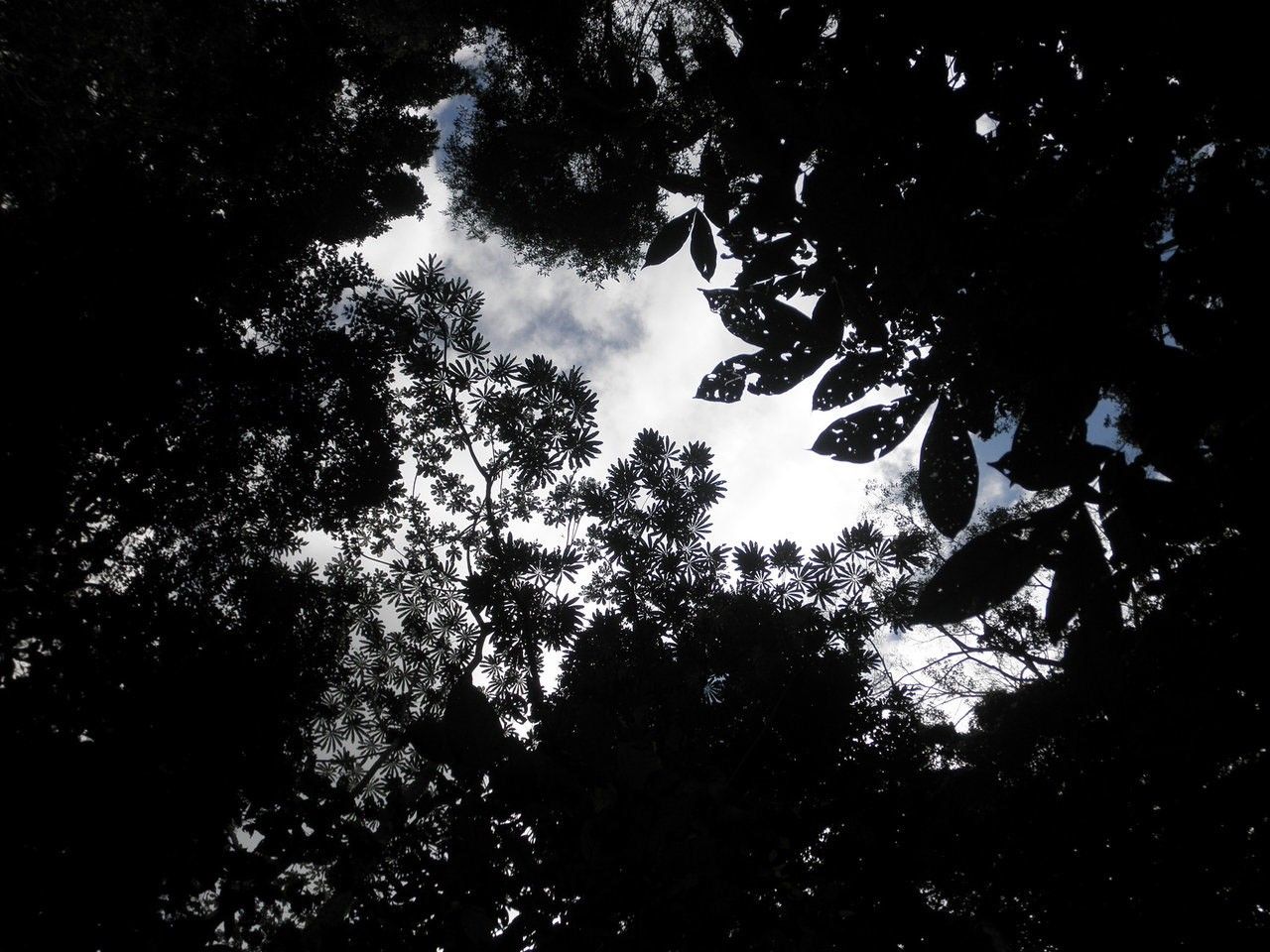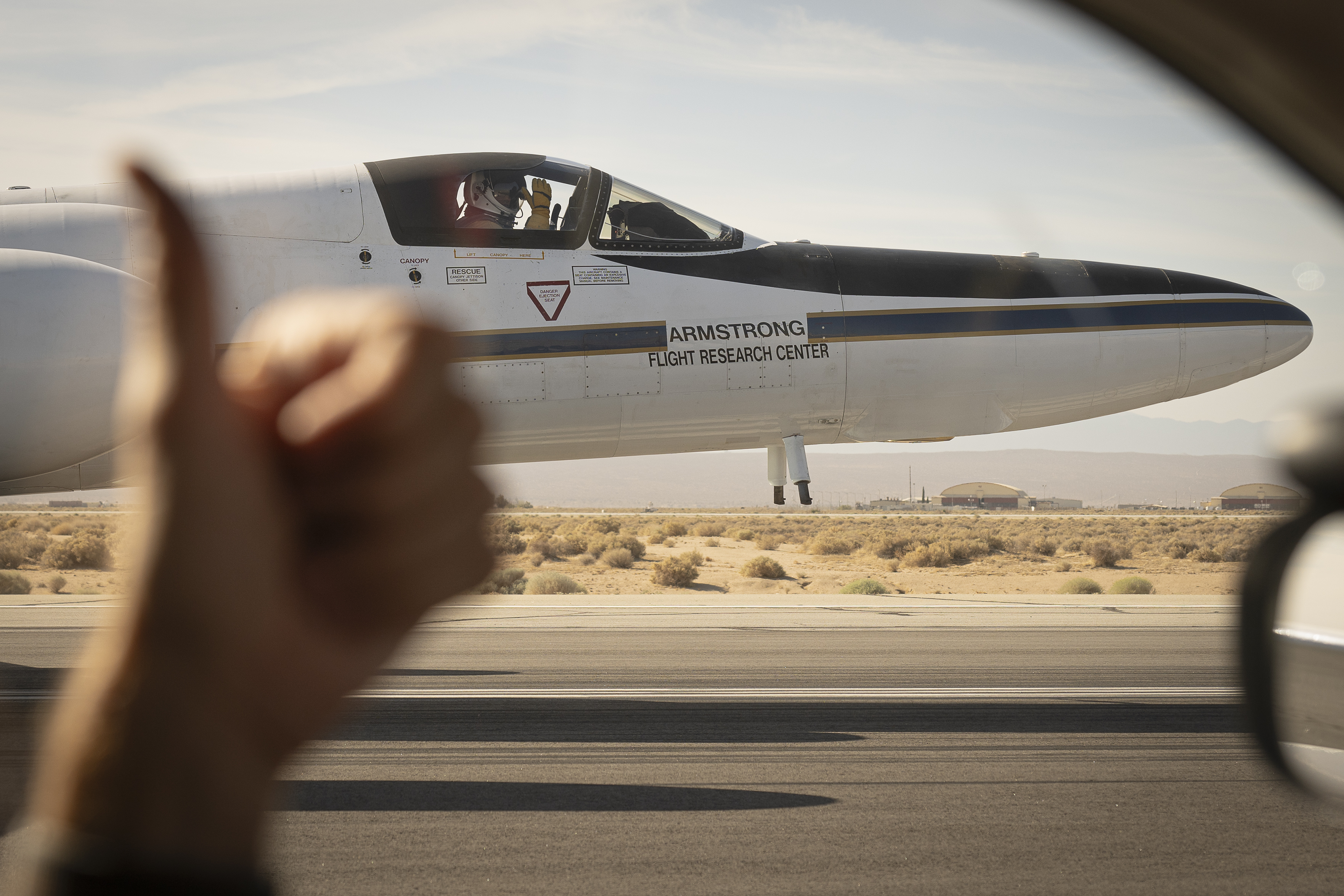Three-dimensional measurements of the central Brazilian Amazon rainforest have given NASA researchers a detailed window into the high number of branch falls and tree mortality that occur in response to drought conditions. They found that 65 percent more trees and large branches died due to an El Niño-driven drought in 2015-2016 than compared to an average year. Understanding the effects of prolonged drought gives scientists a better sense of what may happen to carbon stored in tropical forests if these events become more common in the future.
NASA's Goddard Space Flight Center/Jefferson Beck | Visualization by Alex Kekesi/SVS
"Climate projections for the Amazon basin suggest warmer and drier conditions in coming decades," said Earth system scientist Doug Morton at NASA’s Goddard Space Flight Center in Greenbelt, Maryland, and a co-author on the research recently published in New Phytologist. "Drought events give us a preview of how tropical forests may react to a warmer world.”
When it doesn’t rain in the rainforest, trees are more at risk of dying because they can't get enough water from the soil to their canopies, which can reach 15 to 20 stories high. In a rainforest as vast as the Amazon, estimating the number of dying or damaged trees, where only branches may fall, is extremely difficult and has been a long-standing challenge.
Traditionally, researchers hike in and survey a few acres of trees to measure living trees and dead debris on the ground. Morton and his colleagues took the bird’s eye perspective using light detection and ranging (LiDAR) technology mounted onto an airplane to create a 3D reconstruction of the same forest canopy over three separate flights in 2013, 2014 and 2016. With 300,000 laser pulses a second, the LiDAR data provides an incredibly detailed depiction of the forest over a much greater area than they could cover on foot.
In Brazil, the researchers flew two 30-mile (50-kilometer) swaths near the city of Santarém in the state of Pará, one over the Tapajós National Forest and the other over privately-owned forests that have been fragmented by a range of land uses. This region of the Amazon typically has a three-month dry season from October through December, the same period when Pacific Ocean sea surface temperatures peak during an El Niño event. El Niño conditions are associated with a delay the start of the rainy season in the central Amazon, leading to an extended dry season that stresses the trees.
Analyzing the three surveys, the team used the LiDAR data to detect new gaps in the canopy where a tree or branch had fallen in the months between observations. During the non-El Niño period from 2013 to 2014, the branch and tree fall events altered 1.8 percent of the forest canopy in the study area, a small number on the surface but scaled up to the size of the entire Amazon, it's the equivalent of losing canopy trees or branches over 38,000 square miles, or the area of Kentucky. Tree and branch mortality was 65 percent higher during the El Niño drought period from 2014 to 2016, or 65,000 square miles, the size of Wisconsin. Small changes in the Amazon add up.
"Because it's a big forest, even a subtle shift in an El Niño year has a big impact on the total carbon budget of the forest," said Morton, referring to the balance between how much carbon dioxide trees remove from the atmosphere to build their trunk, branches, and leaves as they grow versus the amount that returns to the atmosphere when trees die and decompose.
Surprisingly, the scientists found that deaths for all tree sizes, as well as the number of smaller branch falls, increased at about the same rate. This means that the drought didn’t selectively kill a greater proportion of tall trees than smaller trees, as was previously thought from experiments that simulated drought conditions in small plots.
That's good news for the carbon budget, said Morton, "Large trees hold most of the carbon in any forest. If droughts were to preferentially kill large trees, it would boost the total amount of carbon that’s lost from drought as opposed to other disturbance types," he said.
Even so, large trees still made up 80 percent of the carbon losses. And not just from the trees themselves dying. When a giant tree with a canopy that can be 82 feet (25 meters) across falls in the forest it can take out smaller trees in the understory.
To understand the relationship between the gaps seen by the airborne LiDAR system from above and the multiple layers of canopy and understory below, Morton's colleague Veronika Leitold at Goddard and a team of collaborating scientists at the Brazilian Agricultural Research Corporation and the Federal University of Western Pará conducted field measurements underneath observed gaps in the canopy to measure the woody material that had fallen to the ground. This painstaking effort to measure downed branches and trees was essential to estimate the total amount of carbon lost when trees or branches fall in a tall, multi-layered Amazon rainforest.
"[This] is one of the first studies to use repeated LiDAR during the drought and have people go into the field and conduct all the measurements," said ecologist Paulo Brando at the Woods Hole Research Center in Falmouth, Massachusetts, and the Amazon Environmental Research Institute in Brazil, who was not involved in the study. "This combination is extremely powerful to understand not only what is happening, but why it is happening, and why it’s changing during the drought." He added that two of the big questions in the field of tropical rainforest ecology are how much drought is too much for the forest to withstand and how does it recover? The answers have large implications for the removal of carbon dioxide from the atmosphere.
"Droughts are important components of the global carbon cycle by changing the ability of trees to survive," Brando said. If the number of trees present declines on a large scale, that adds up to a lot of carbon dioxide left in the atmosphere to contribute to greenhouse warming, which can feed the cycle of the Amazon seeing more droughts in the future.
































